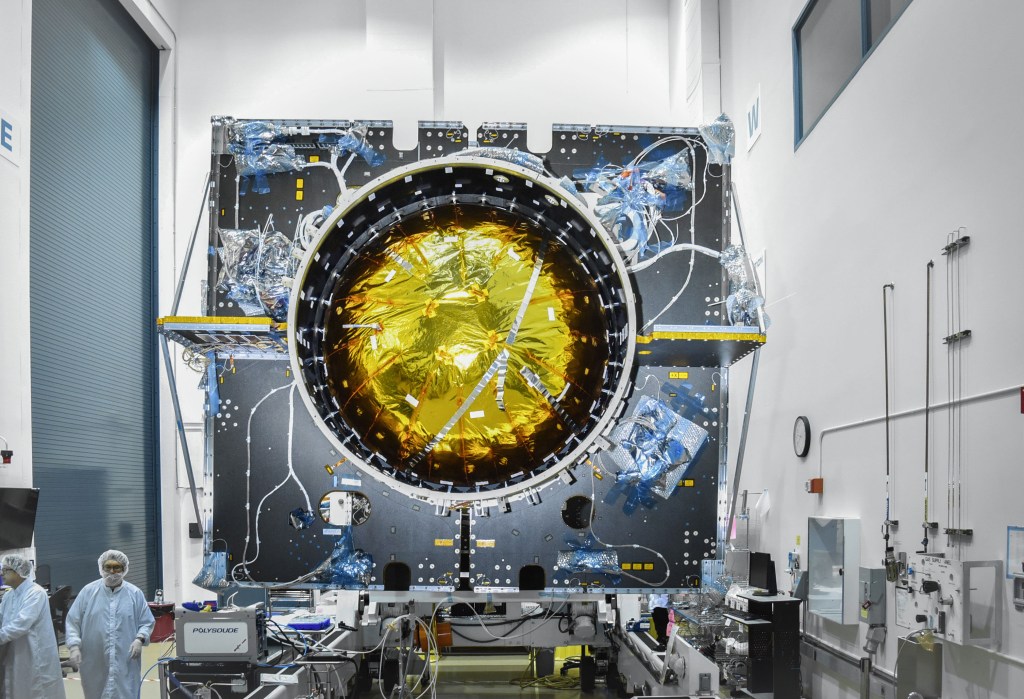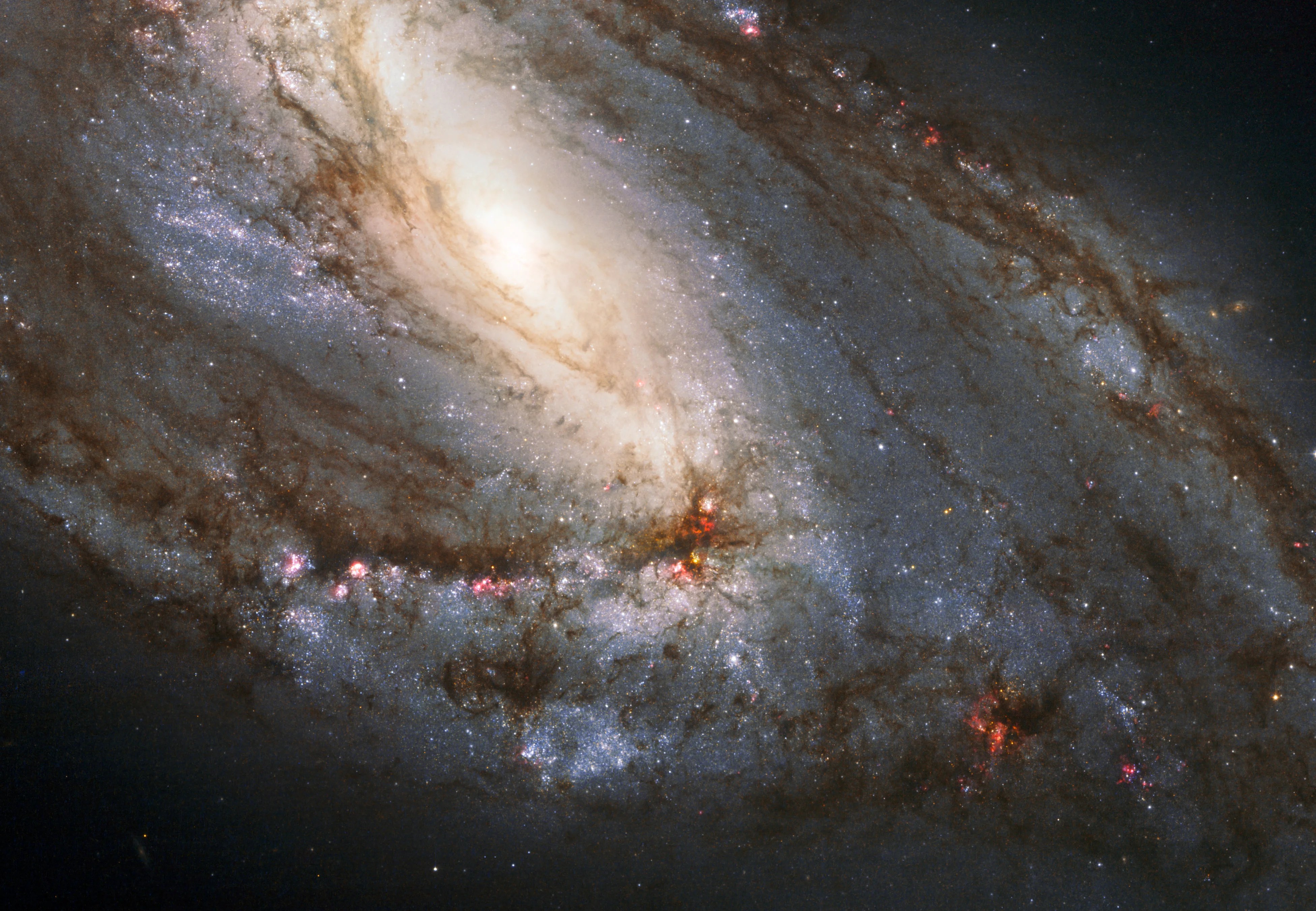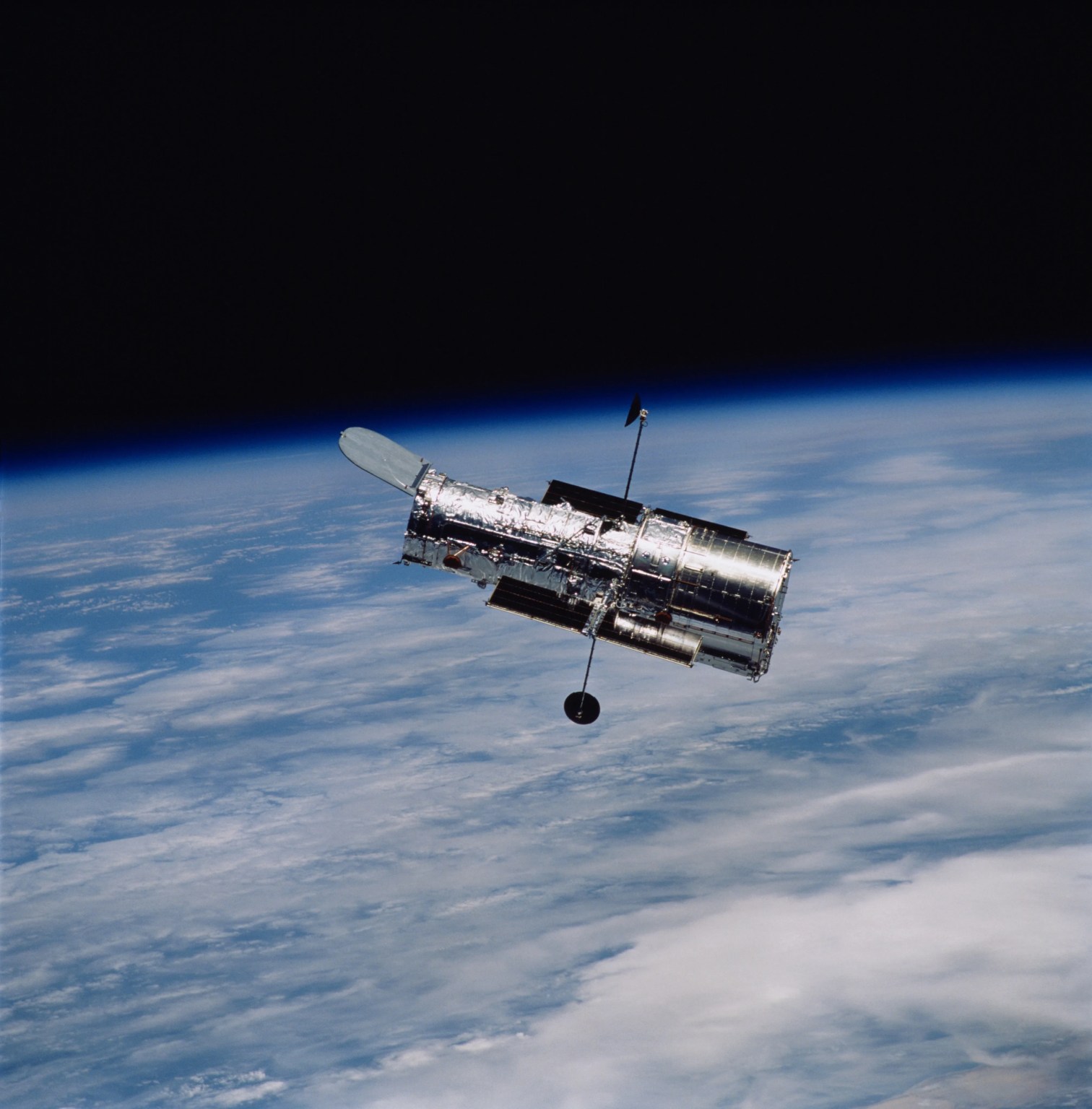Discover Jupiter
In addition to the resources on this page, follow along with updates on Jupiter science and current and upcoming missions through @NASASolarSystem on your preferred social media platform.
Jupiter Overview
Learn more about Jupiter, the largest planet in the solar system – more than twice as massive as all the other planets combined.
Explore
Highlights
Europa Clipper
NASA's Europa Clipper has embarked on its long voyage to Jupiter, where it will investigate Europa, a moon with an enormous subsurface ocean that may have conditions to support life. The spacecraft launched at 12:06 p.m. EDT on Monday, October 14, 2024 aboard a SpaceX Falcon Heavy rocket from Launch Pad 39A at NASA's Kennedy Space Center in Florida.
Read More
Juno
NASA's Juno mission has made numerous scientific discoveries since arriving at Jupiter on July 4, 2016, and continues its exploration during its extended mission phase. This expansion tasks Juno with becoming an explorer of the full Jovian system – Jupiter and its rings and moons – with multiple rendezvous planned for three of Jupiter's most intriguing Galilean moons: Ganymede, Europa, and Io.
Read More
Animations and Videos

Animated Tour of Jupiter's Volcanic Moon Io
This animated tour of Jupiter's fiery moon Io, based on data collected by NASA's Juno mission, shows volcanic plumes, a view of lava on the surface, and the moon's internal structure.
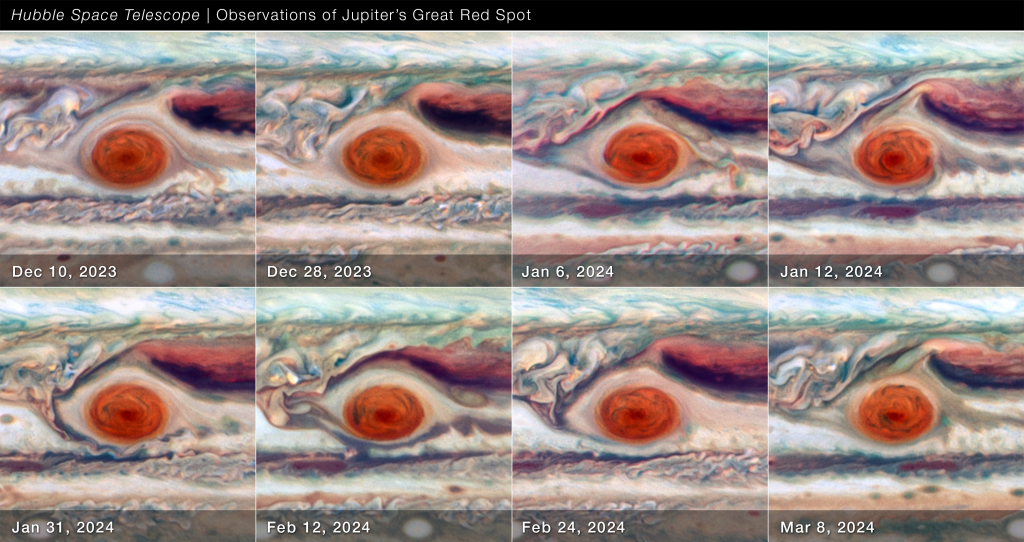
Jupiter's Great Red Spot Is Shaking
Jupiter's iconic Great Red Spot, a storm larger than Earth, has fascinated astronomers for over 150 years. Learn how we're seeing this legendary storm in a whole new light thanks to NASA's Hubble Space Telescope.

Hubble Observes Jupiter's Great Red Spot Changing
Like the speed of an advancing race car driver, the winds in the outermost "lane" of Jupiter's Great Red Spot are accelerating.

Juno Flies Past Jupiter and Ganymede
On June 7, 2021, NASA's Juno spacecraft flew closer to Jupiter's ice-encrusted moon Ganymede than any spacecraft in more than two decades.
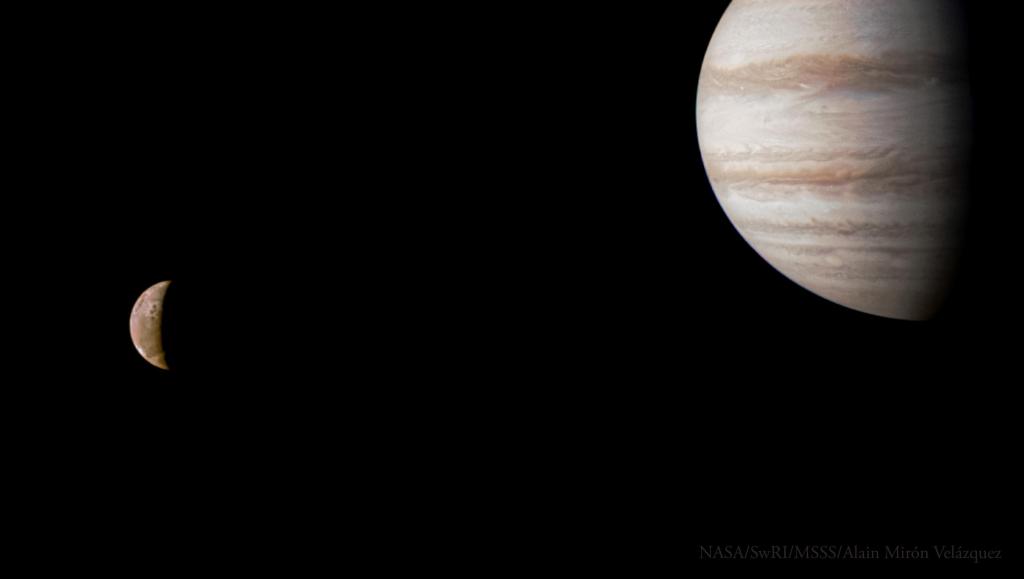
NASA's Juno Spacecraft Flies Past Io and Jupiter
On May 16, 2023, NASA's Juno spacecraft flew past Jupiter's volcanic moon Io, and then the gas giant soon after.
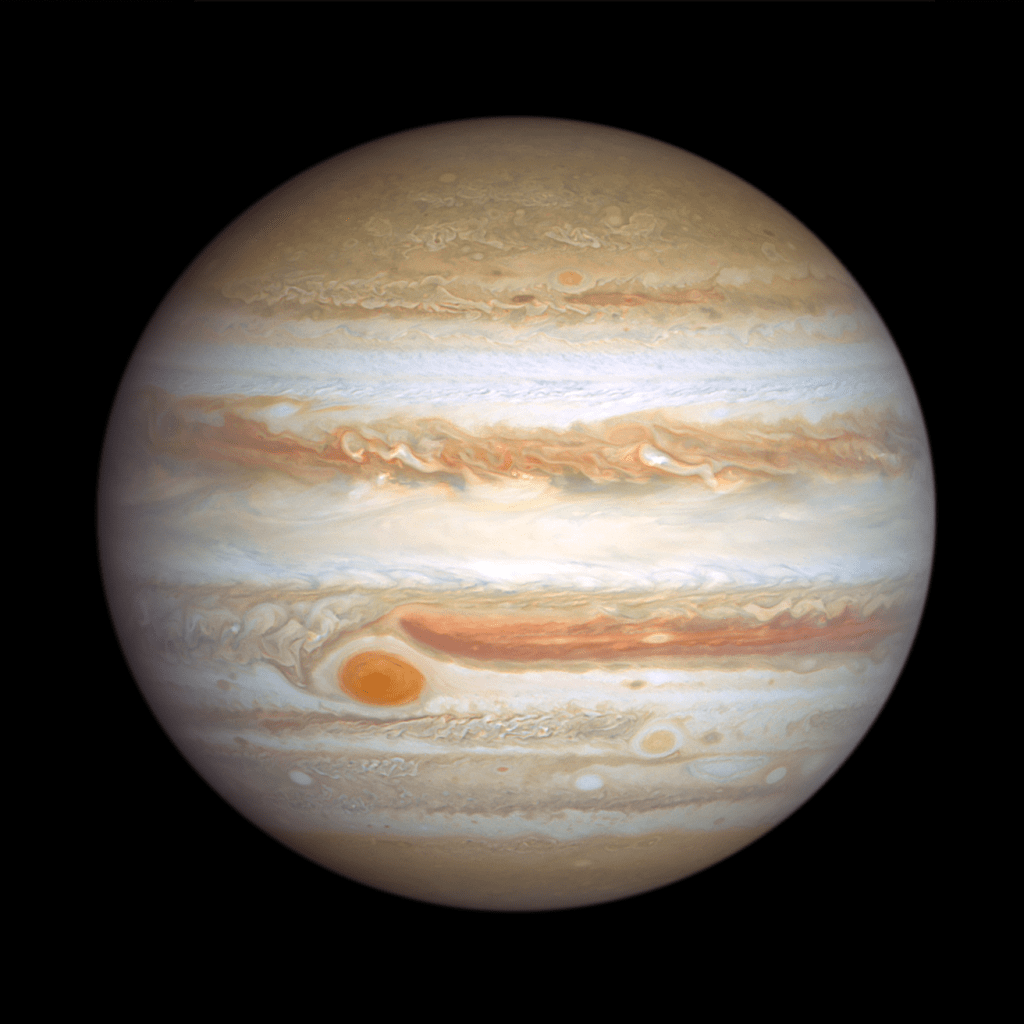
Hubble Tracks Jupiter’s Stormy Weather
Jupiter takes the spotlight in these images from NASA's Hubble Space Telescope that capture both sides of the planet.
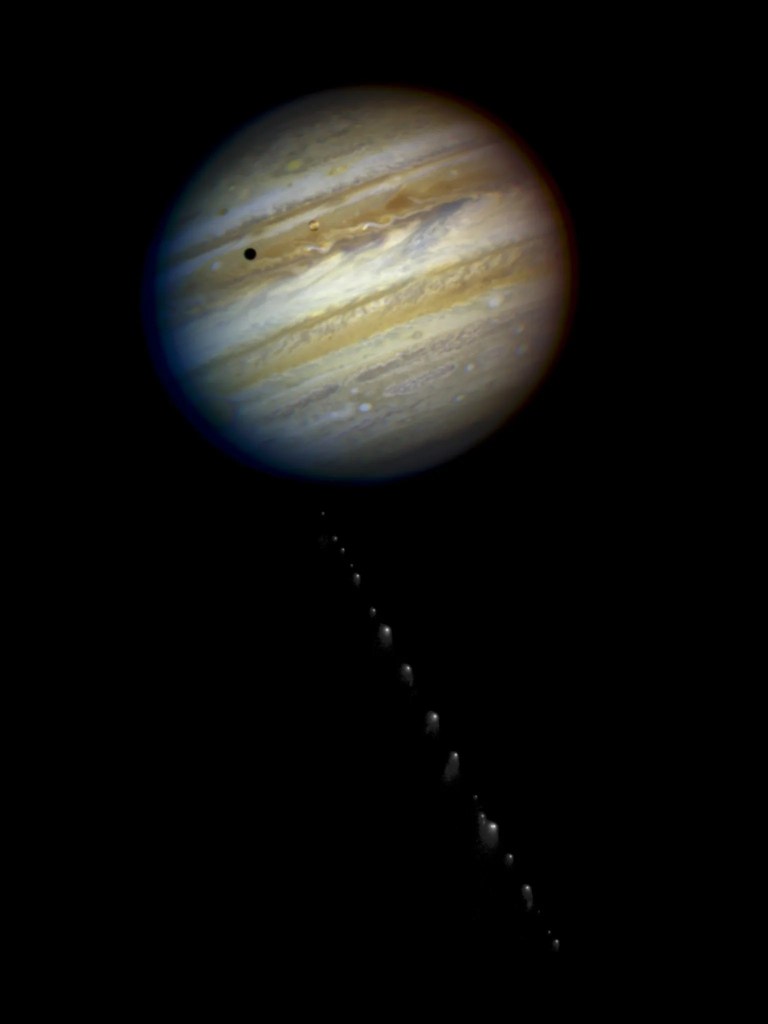
Shoemaker-Levy 9: Interplanetary Impact
Comet Shoemaker-Levy 9 left a lasting mark on our understanding of the cosmos when it collided with Jupiter.

A 'Flight' Over Jupiter
Explore what it might have looked like to ride along with the Juno spacecraft as it performed its 27th close flyby of Jupiter on June 2, 2020.

Juno Mission to Jupiter
Join Dr. Yasmina Martos, a planetary scientist at NASA's Goddard Space Flight Center, as she takes us on a journey to Jupiter aboard Juno.

Hubble Maps Jupiter in 4k Ultra HD
Explore imagery from the Hubble Space Telescope that reveals in-depth features on Jupiter.

Jupiter Magnetic Tour
Take a tour of Jupiter's dynamo, the source of its giant magnetic field, in this global map from the Juno mission.
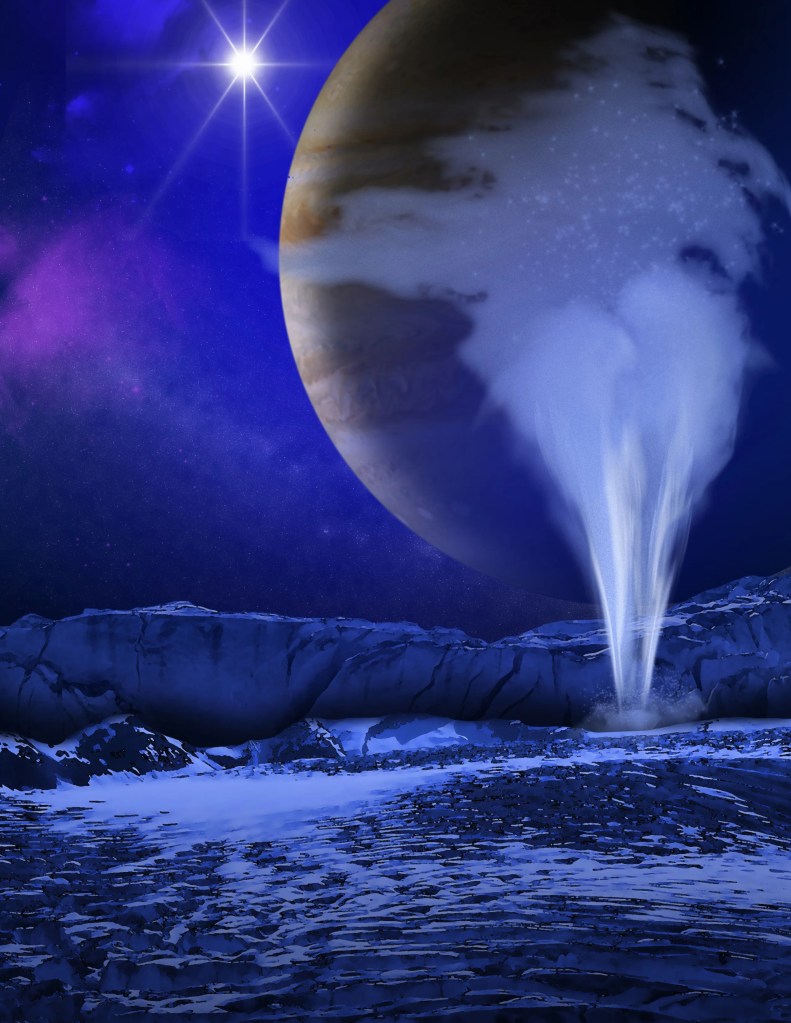
Images
View images of Jupiter taken by past and present spacecraft as well as those taken from here on Earth.
Explore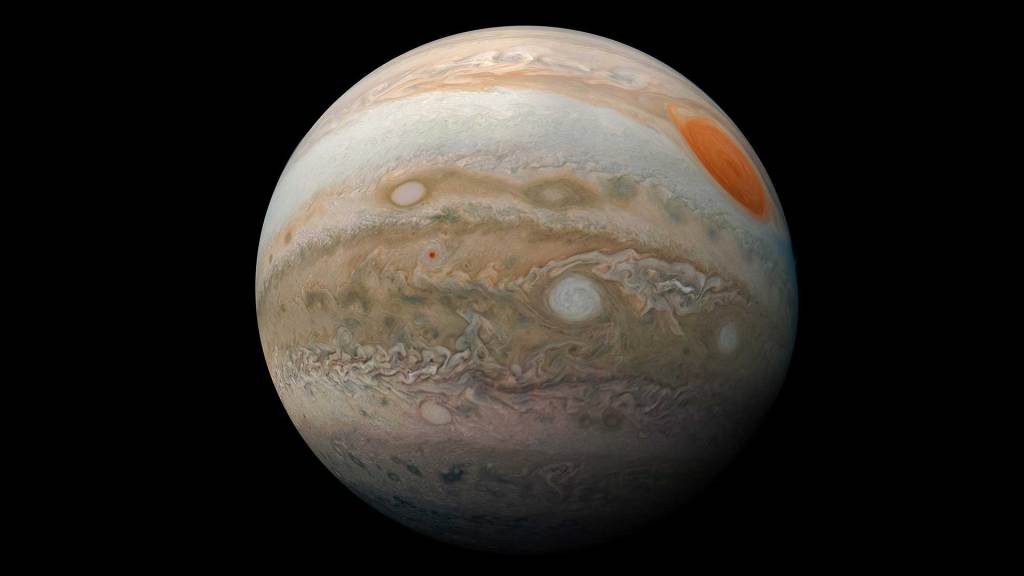
NASA’s Hubble Celebrates Decade of Tracking Outer Planets
Encountering Neptune in 1989, NASA’s Voyager mission completed humankind’s first close-up exploration of the four giant outer planets of our…
Read the Story
Activities
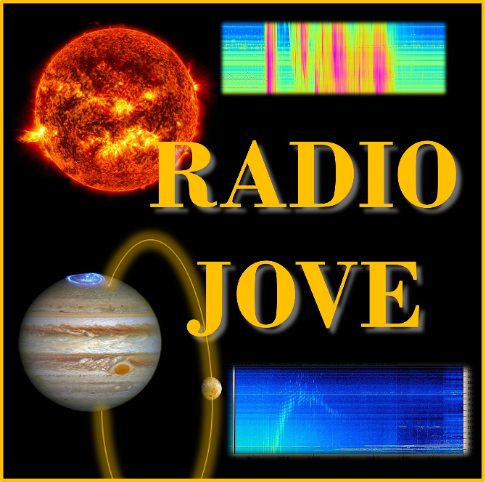
Radio JOVE
Build your own radio telescope and tune in to signals from Jupiter. Radio JOVE students and amateur scientists from around the world observe and analyze natural radio emissions of Jupiter, the Sun, and our galaxy using their own easy to construct radio telescopes.

Become a Jovian Vortex Hunter
Help scientists analyze the stunning images from NASA's Juno spacecraft! A NASA citizen science project, Jovian Vortex Hunter, seeks your help spotting vortices – spiral wind patterns – and other phenomena in gorgeous photos of the planet Jupiter.

Bring Your Colossal Creativity to Giant Jupiter!
Inspired by JunoCam images, each of these coloring sheets features different viewpoints of Jupiter the way the Juno spacecraft sees it. Unleash your creativity and download one of these coloring pages today!

Color With NASA: Jupiter ft. Juno Project Scientist Steve Levin
Color Jupiter with the Project Scientist for NASA's Juno mission.

Make a Planet Mask!
Learn about the planets in our solar system, and make your very own wearable planet mask.

Jupiter's Water Cycle
Observe the water cycle in action! Water vapor in a tumbler condenses on chilled aluminum foil — producing the liquid form of water familiar to us as rain and dew. Learn how Jupiter's lack of a surface simplifies its water cycle. Note: This activity is recommended for children ages 8 to 13.

Jupiter's Storms
Jupiter has storms, but its storms are unlike anything found on Earth! Create your own storms using corn starch, glitter, and water and compare your observations with videos of Jupiter's and Earth's storm movements. Note: This activity is recommended for children ages 8 to 13.

Jiggly Jupiter
In this activity, you will build edible models of Jupiter and Earth to compare their sizes and illustrate their internal layers. Note: This activity is recommended for children ages 8 to 13.
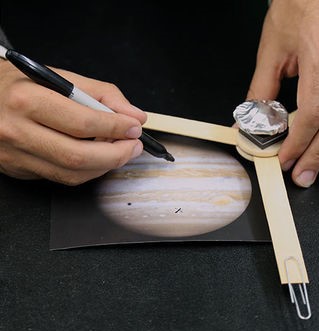
Make a Jupiter Orbiter
Create your very own Juno spacecraft! And you can even use your spacecraft to uncover secrets beneath Jupiter – just like the real Juno.
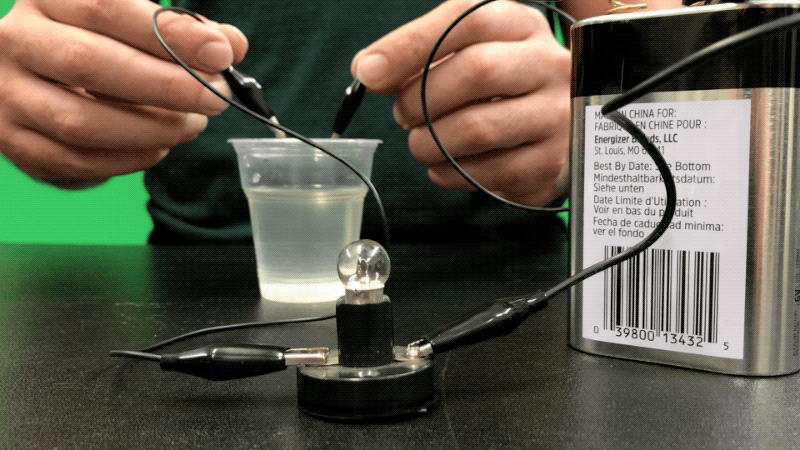
Discovering Alien Oceans: Magnetism
Jupiter's moon Europa poses exciting new possibilities for NASA's search for life beyond Earth. While there's still much to uncover about Europa, scientists have long known that liquid water exists beneath its icy shell. But how?
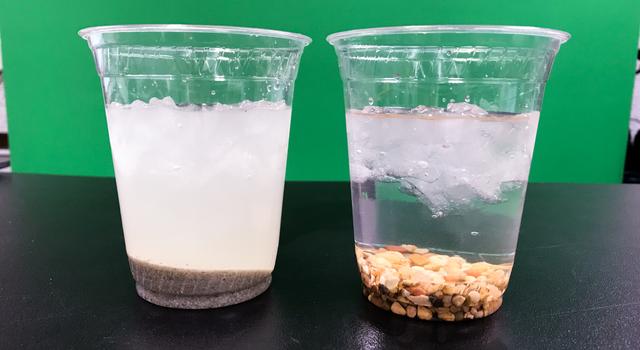
Discovering Alien Oceans: Density
Scientists believe that Jupiter's icy moon, Europa, has a liquid-water ocean underneath its frozen surface. While we can't see that ocean directly, we can use the mass and density of known substances to predict what exists underneath the surface. In this activity, you'll use the fundamentals of density to propose a model for the interior structure of Europa.
Additional Resources

NASA Solar System Treks
NASA Solar System Treks are online, browser-based portals that allow you to explore the surfaces of other worlds using real data returned from a growing fleet of spacecraft. Visit Europa and Ganymede now!

Webb's Jupiter Images Showcase Auroras & Hazes
Check out this blog from NASA's James Webb Space Telescope that highlights images Webb captured of Jupiter, and the science we are learning from the images.
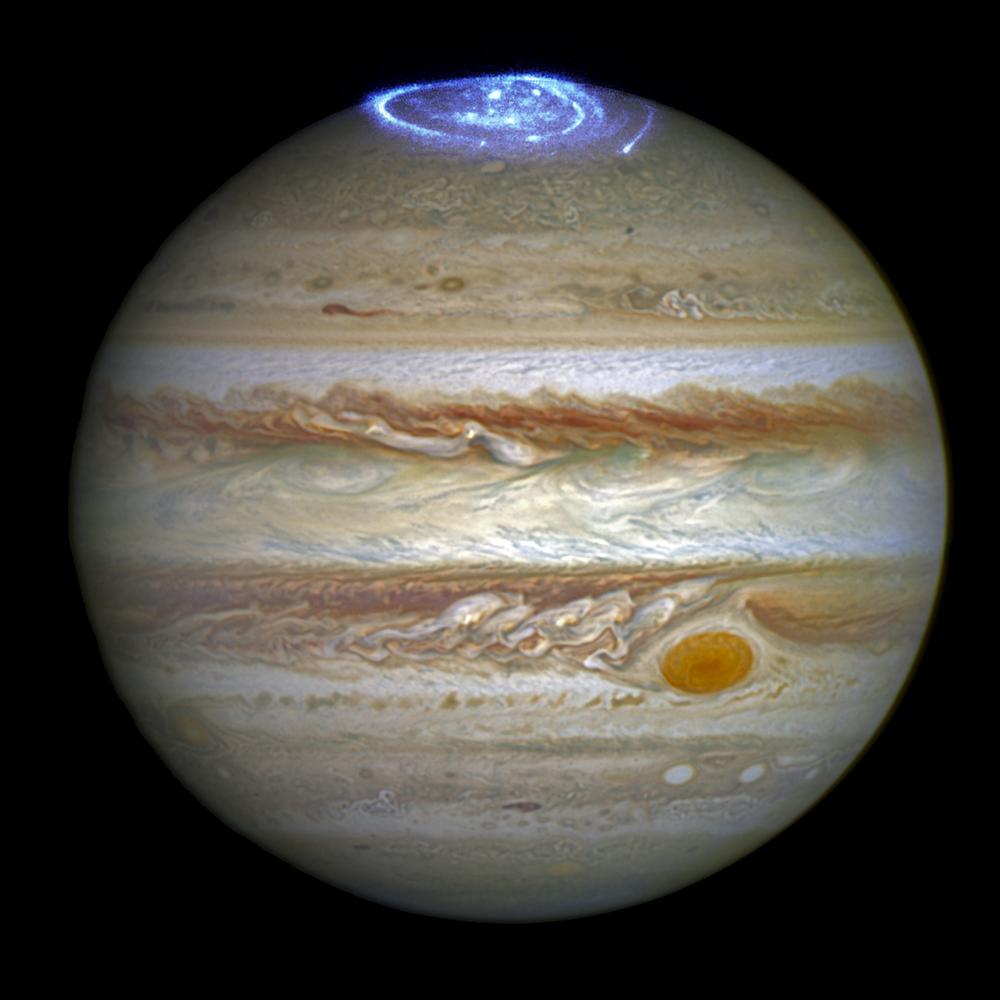
Gravity Assist Podcast: Jupiter with Dr. Jared Espley
Join Dr. Jared Espley, a planetary scientist at NASA's Goddard Space Flight Center, as he discusses Jupiter and the Juno mission.
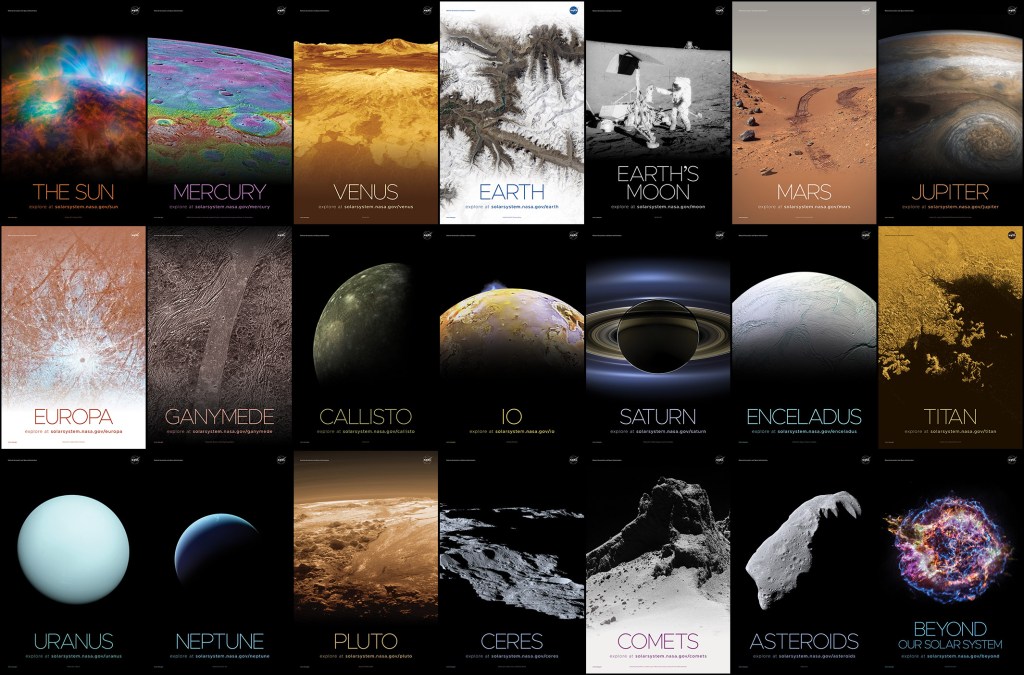
Solar System and Beyond Poster Set
This NASA poster set showcases the beauty of our solar system and beyond.

NASA's Eyes on the Solar System
Find out where Juno is at the present moment with this interactive platform.





